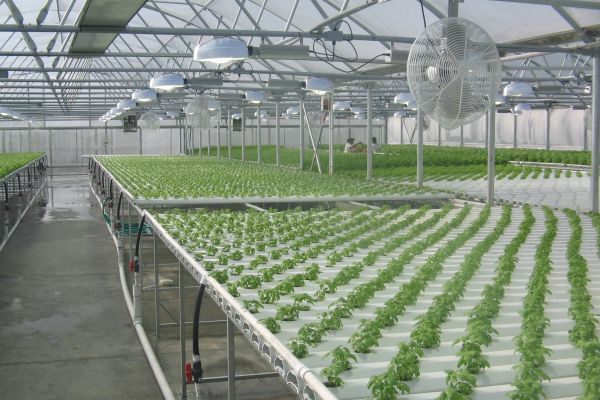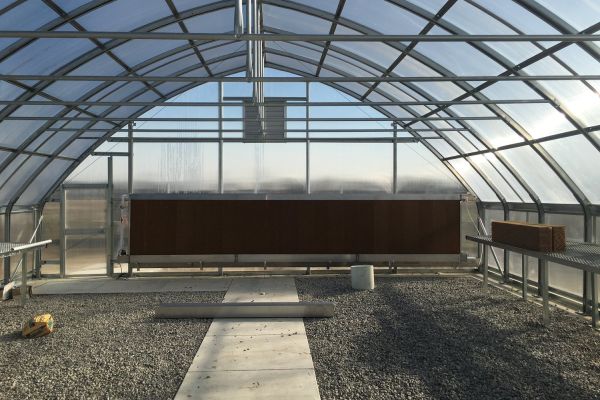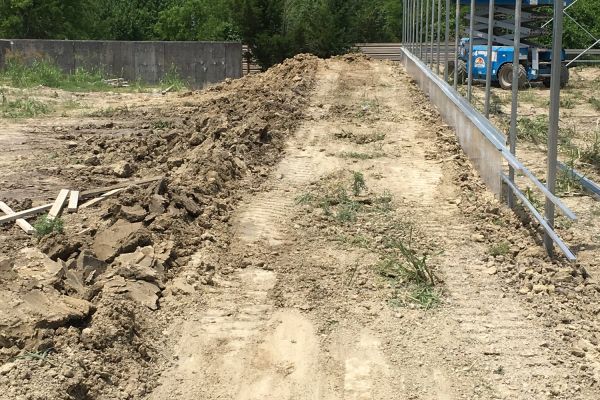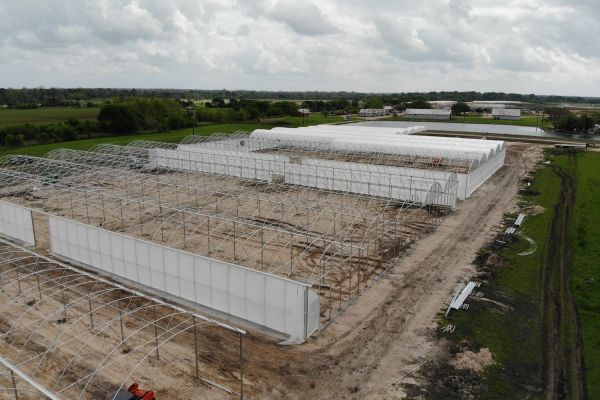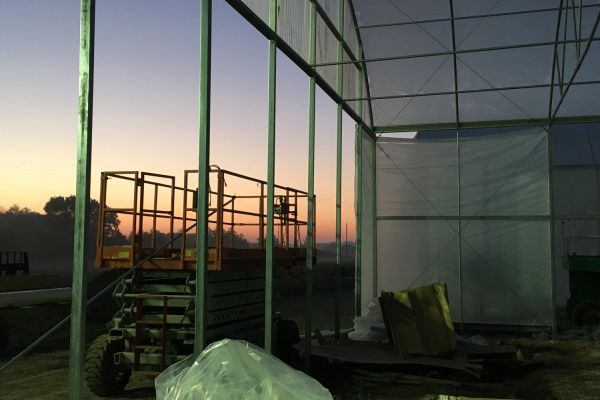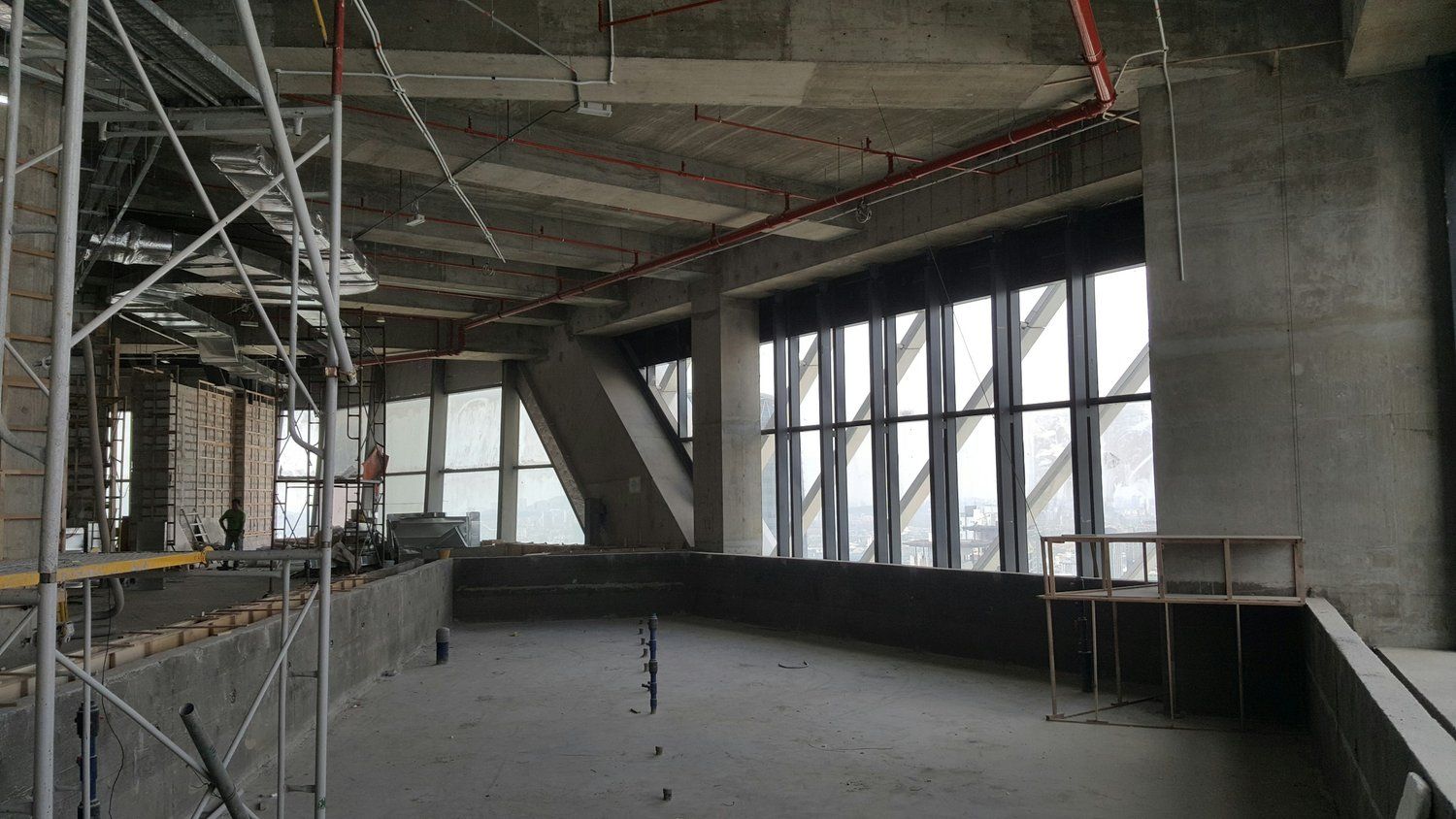
Renovation vs. New Construction: Which is Right for You?
When considering commercial construction, one of the first decisions you’ll need to make is whether to renovate an existing building or embark on a new construction project. Each approach has its advantages and challenges, and the right choice depends on various factors, including budget, timeline, and specific business needs. Here’s a comprehensive guide to help you decide between renovation and new construction for your commercial project.
1. Assessing Your Needs and Goals
1.1 Space Requirements
-
Renovation: Ideal if the existing structure can accommodate your space needs with minor adjustments. Renovating can be more efficient if you’re looking to update or expand current facilities.
-
New Construction: Better for creating a custom layout and design from scratch, especially if your space needs are unique or extensive.
1.2 Budget Constraints
-
Renovation: Generally more cost-effective in the short term. Renovation avoids the higher costs associated with land acquisition and new building materials.
-
New Construction: While potentially more expensive upfront, new construction can be a better long-term investment, especially if you plan to customize the building extensively.
1.3 Timeframe
-
Renovation: Typically quicker than new construction. Permits, planning, and construction times are often shorter, which means faster occupancy.
-
New Construction: Longer lead times are expected due to the comprehensive planning, permitting, and building processes. However, new construction can be faster if the existing building requires extensive changes to meet modern standards.
2. Evaluating the Existing Structure
2.1 Structural Integrity
-
Renovation: Only feasible if the existing building is structurally sound. An in-depth structural assessment is essential to determine if the building can support your renovation plans.
-
New Construction: Recommended if the current building is in poor condition or doesn’t meet modern building codes. New construction avoids potential issues with outdated infrastructure.
2.2 Historical and Zoning Considerations
-
Renovation: Preserving historical buildings can be advantageous for maintaining cultural significance and potentially qualifying for tax incentives. However, strict zoning laws may limit what can be changed.
-
New Construction: Offers flexibility in design and functionality, but new builds must adhere to current zoning laws and regulations, which might include stricter environmental standards.
3. Sustainability and Environmental Impact
3.1 Green Building Practices
-
Renovation: Environmentally friendly since it involves reusing existing structures, reducing demolition waste. Renovations can also incorporate green technologies and energy-efficient upgrades.
-
New Construction: Allows for the integration of cutting-edge sustainable building practices from the ground up. New buildings can be designed to meet the highest standards of energy efficiency and sustainability, such as LEED certification.
3.2 Energy Efficiency
-
Renovation: Retrofitting older buildings with modern, energy-efficient systems can significantly reduce energy consumption and costs. However, it might be limited by the existing building’s design.
-
New Construction: Provides the opportunity to design a building that maximizes energy efficiency through optimal orientation, insulation, and advanced HVAC systems.
4. Financial Considerations
4.1 Initial Costs
-
Renovation: Lower initial investment, as it typically involves updating existing structures rather than starting from scratch. However, unexpected issues can arise, leading to cost overruns.
-
New Construction: Higher upfront costs due to land purchase and construction expenses. However, new buildings often come with fewer unforeseen expenses and lower maintenance costs in the early years.
4.2 Long-Term Value
-
Renovation: Can add significant value to an existing property, especially in desirable locations. However, the potential for future upgrades may be limited by the building’s original design.
-
New Construction: Offers greater long-term value by providing a modern, fully customizable space. New buildings are likely to meet current market demands better, making them more attractive to future buyers or tenants.
5. Customization and Flexibility
5.1 Design Flexibility
-
Renovation: Limited by the existing structure, but creative design solutions can still achieve impressive results. Ideal for businesses that can adapt their needs to the current layout.
-
New Construction: Offers complete flexibility to design a building that meets all your specific needs and preferences. This is crucial for businesses with unique operational requirements.
5.2 Future Expansion
-
Renovation: May offer limited options for future expansion, depending on the existing building’s design and site constraints.
-
New Construction: Easier to plan for future growth and expansion, as you can design the initial structure with scalability in mind.
Conclusion
Choosing between renovation and new construction for your commercial project depends on a careful evaluation of your specific needs, budget, and long-term goals. Renovation can be a cost-effective and quicker solution, ideal for businesses looking to update or expand existing spaces. New construction, while more expensive and time-consuming, offers unparalleled flexibility and the opportunity to create a space tailored precisely to your business’s needs.
Ultimately, the right choice will align with your vision for the future, ensuring your commercial space supports your operational needs and business growth for years to come.
Most Popular Greenhouse Articles
